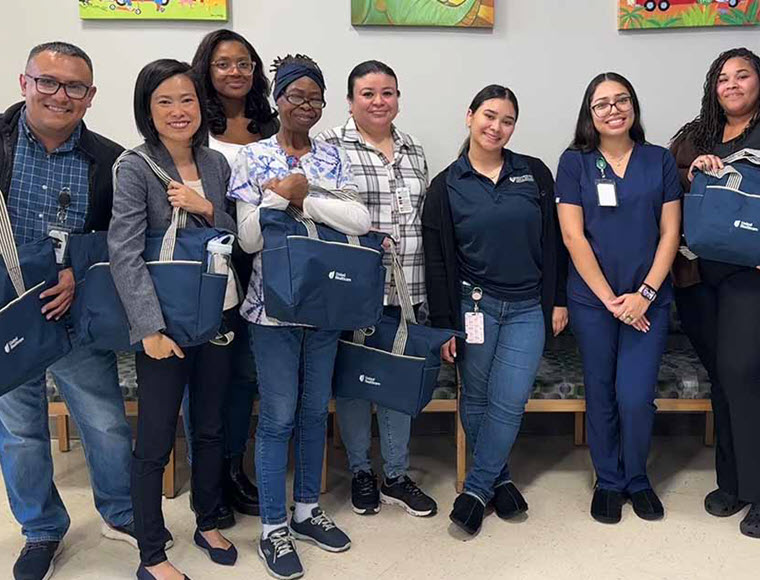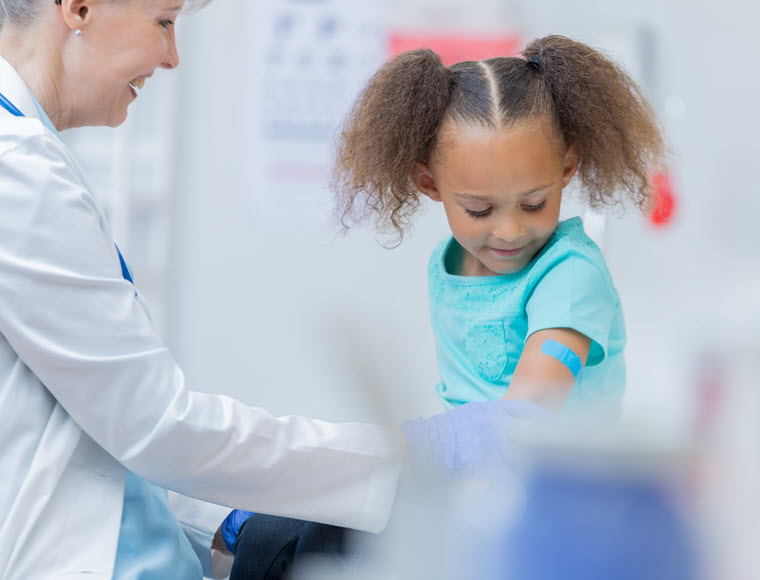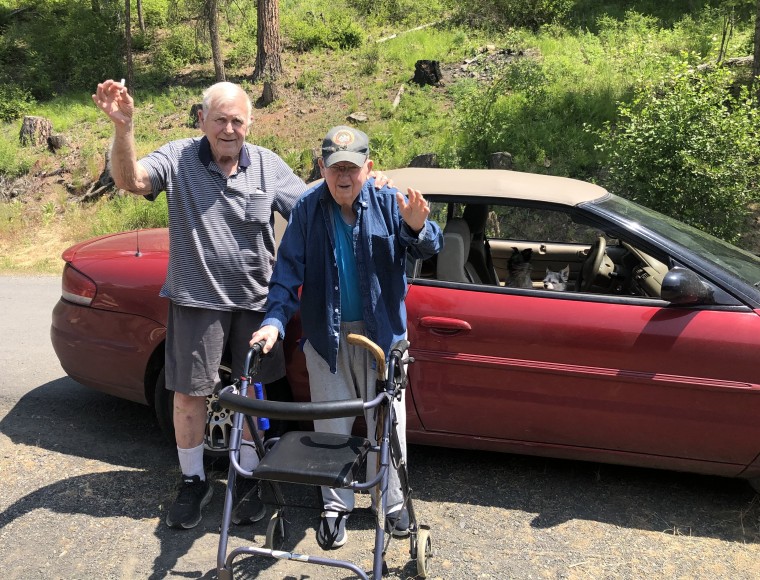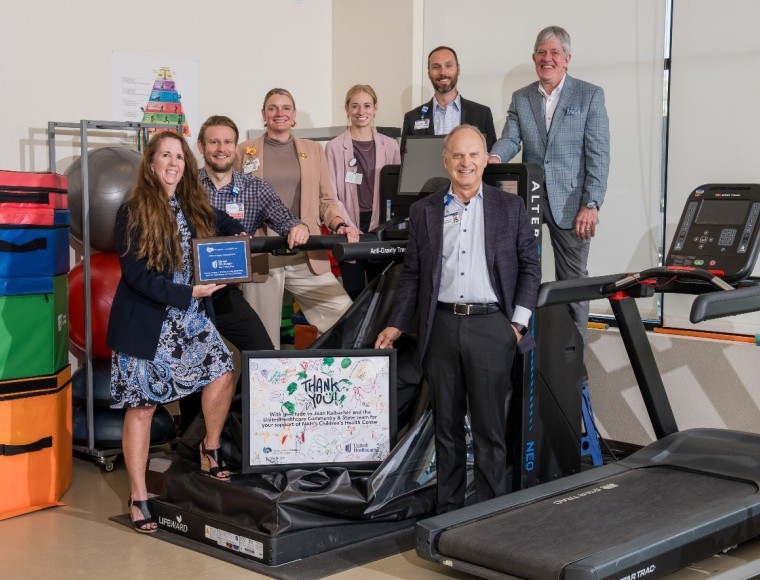Social drivers of health (SDOH), defined as the conditions in the environments where people live, have a major impact on people’s health, well-being and quality of life. According to County Health Rankings, 80% of a person’s health is affected by what happens outside of a clinical setting.1
UnitedHealthcare is committed to integrating SDOH into its health care education and health care delivery system. To further this commitment in New Mexico, we provided a $90,000 grant to the University of New Mexico (UNM) Health Sciences Center to design and implement a new certificate program focused on identifying and addressing SDOH.
The certificate will be a three- to five-hour supplement to existing curriculum across the university’s various colleges and will consist of five modules: Setting, Social Determinants of Health, Applying Social Drivers in Practice, Case Examples From Different Fields, and Implementation Strategies.
The SDOH certificate will be available to students pursuing a variety of career paths, including law, architecture and planning, business, education, arts and sciences, and engineering. Participants will learn how behavioral, psychological and structural factors contribute to health inequities. This will prepare them to take action to improve conditions within people’s environments while working in their chosen fields.
UnitedHealthcare donated an additional $90,000 toward growth of the College of Population Health for students, faculty and supplies.
Social drivers in New Mexico
SDOH contribute to wide health disparities and inequities. Successfully addressing these disparities remains a persistent challenge at both national and state levels.
Poverty remains a health crisis in New Mexico. According to the U.S. Census Bureau, New Mexico had a poverty rate of 18.4% in 2021,2 the third highest in the country and well above the national poverty rate of 13.4%.3
A Census Bureau household survey, conducted from Dec. 29, 2021, through Jan. 10, 2022, found that in New Mexico, 19% of households with children had little or no confidence in their ability to make their next rent or mortgage payment. And, of households with children, 38% reported that the children were not eating enough because food was unaffordable.4 Feeding America estimates that 271,210 people face hunger in the state, which translates to 1 in every 8 people.5
The National Low Income Housing Coalition reports that 28% of New Mexico’s renters are considered extremely low-income, which is defined as maximum income of $26,200 for a 4-person household. There is an estimated shortage of roughly 40,000 affordable rental homes available to extremely low-income renters.6
Moving care beyond the clinic
Improving social conditions to promote better health and well-being for New Mexico citizens needs to happen at many levels and across sectors. Incorporating SDOH into college curriculums will help students learn to recognize barriers to health and to understand how these barriers affect physical and behavioral health.
As students move into the workforce, they will be better positioned to play a role in increasing health equity and access to care. Because New Mexico is experiencing a shortage of health care workers, the certification is also a strategy to encourage people seeking health sciences degrees to learn about SDOH and how these factors affect communities, and to stay in New Mexico after graduating to address these challenges.
UNM Health Sciences leaders are developing content for the certificate now. In the coming months, a pilot test will be completed with input and feedback from stakeholders and pilot learners. The goal is to launch the certificate in fall 2023.











